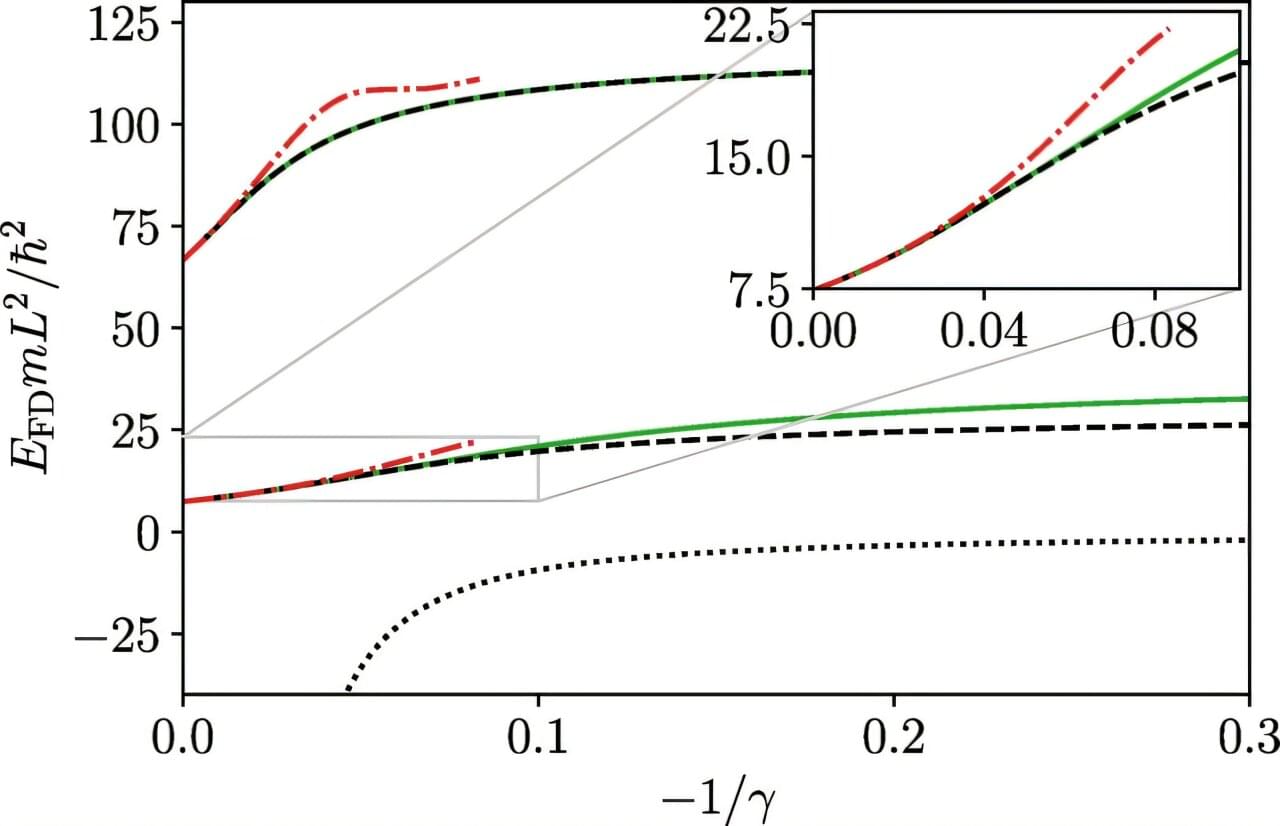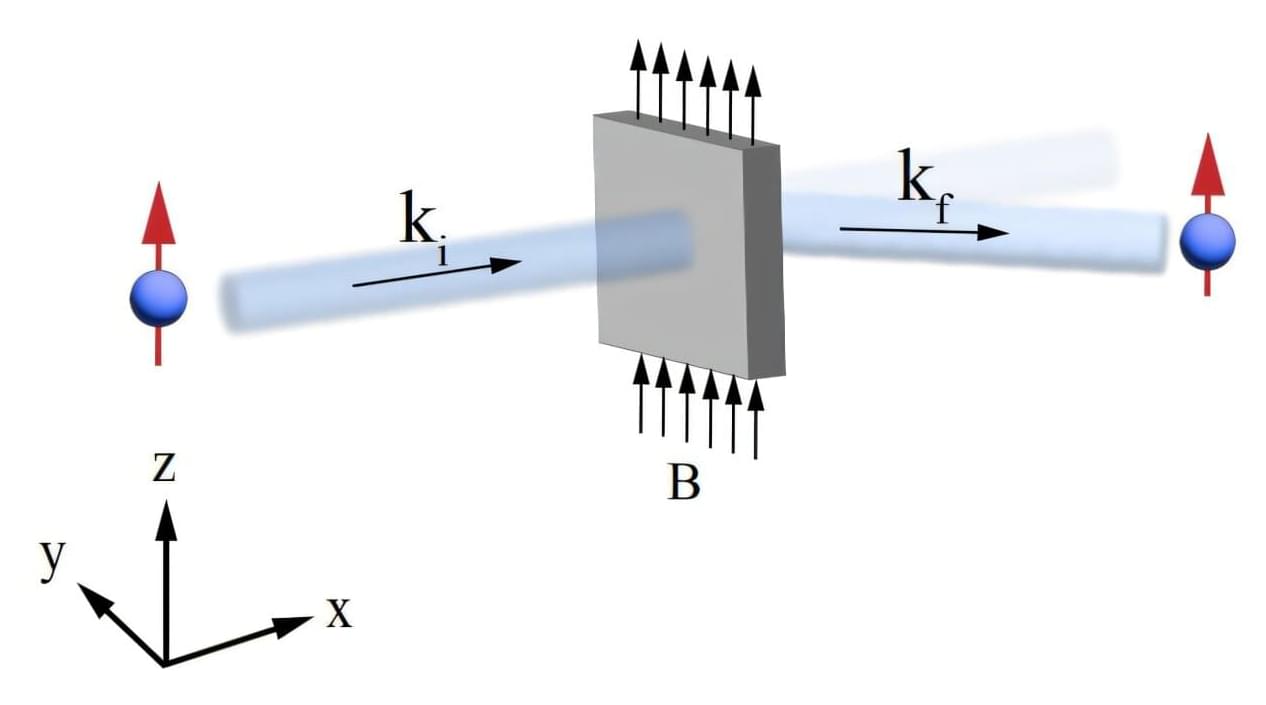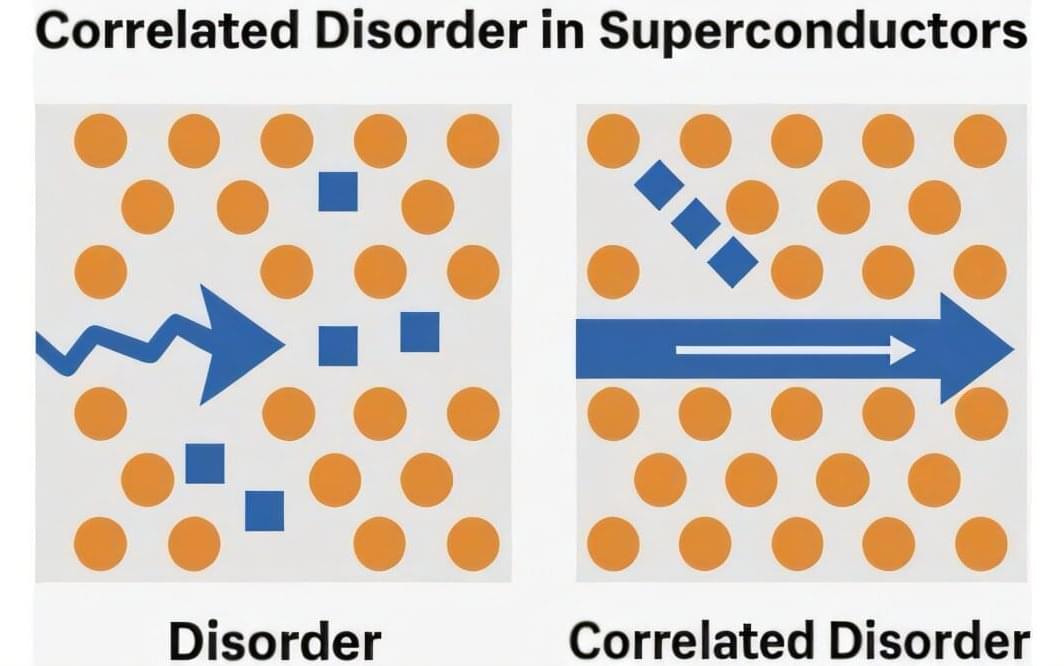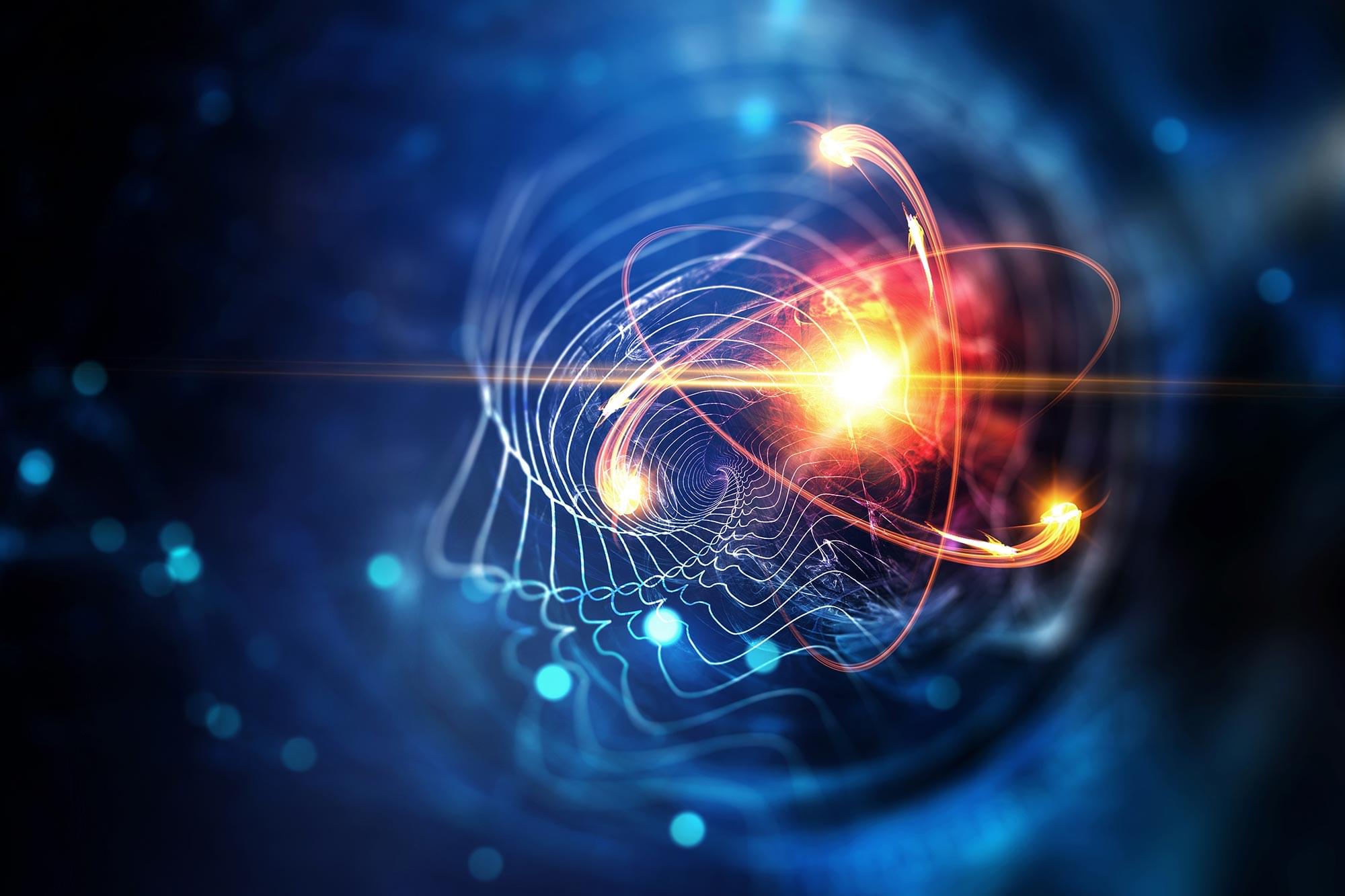A research team led by TU Darmstadt has transformed a difficult problem in quantum physics into a much simpler version through innovative reformulation—without losing any important information. The scientists have thus developed a new method for better understanding and predicting difficult quantum mechanical systems. The study is published in Physical Review Letters.
This problem has long preoccupied quantum physics: How can systems consisting of many atoms, between which strong attractive forces act, be described mathematically? Already for about 10 particles, such systems are at the limits of current numerical methods.
It becomes particularly complicated when the atoms are exposed to an external force. However, this is the case in many experiments with cold atoms due to the way in which motion is restricted to one dimension, for example. Such systems of strongly interacting particles in one dimension were proposed in the 1960s and have since served as a reference problem in theoretical physics. So far, they have only been solved in a few special cases.









